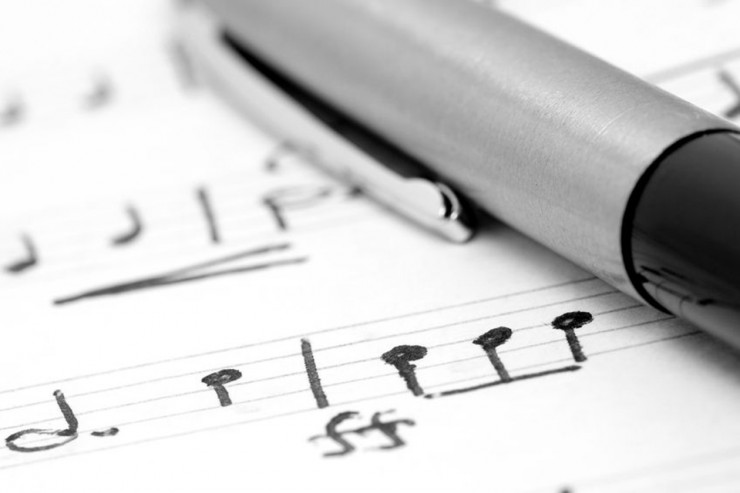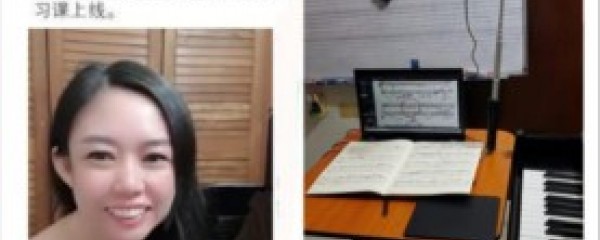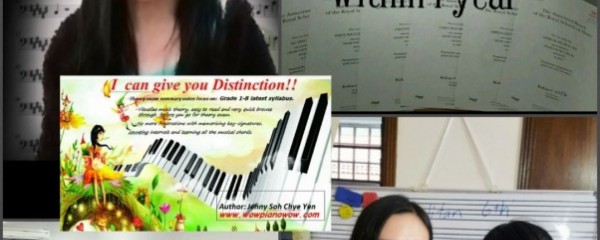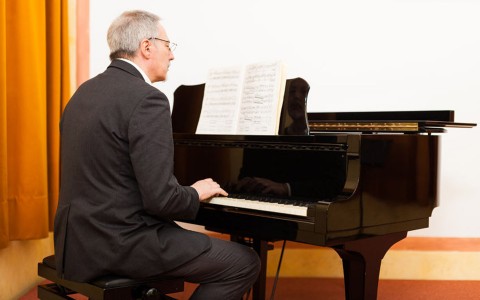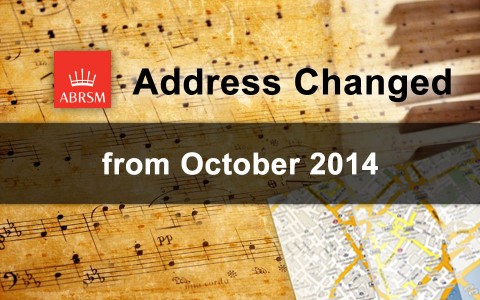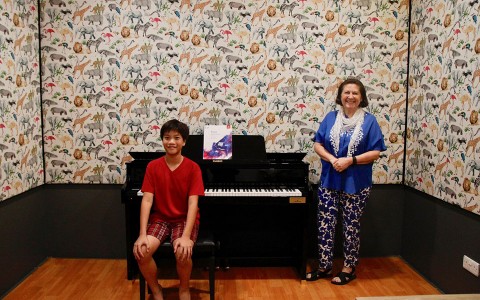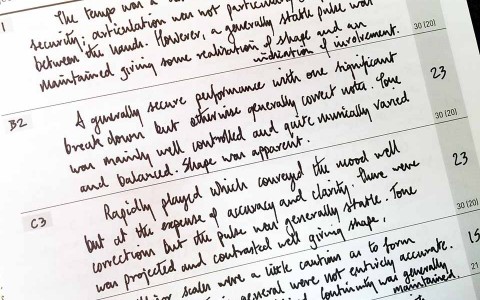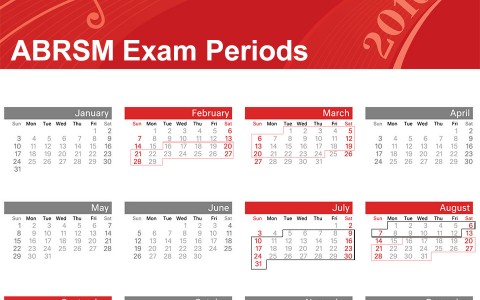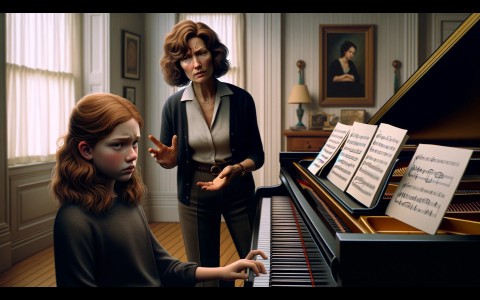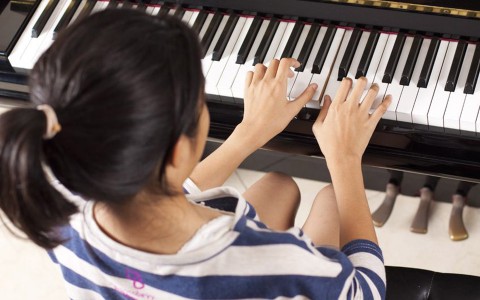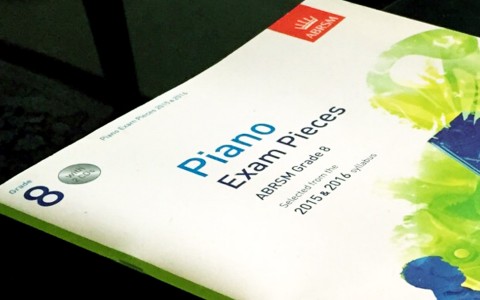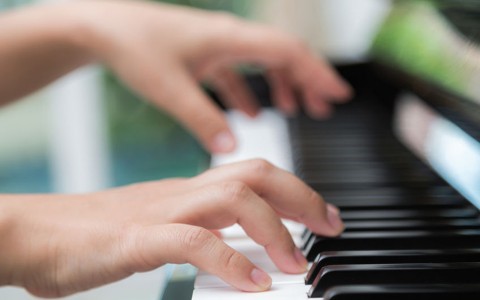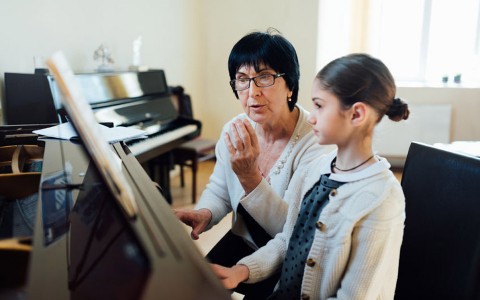“I only want my kids to learn piano playing. Can we just leave out music theory homework and music theory lessons?” These were the words from my students’ parents when I was a part time piano teacher. Despite my firm belief on the importance of music theory training, they did not support instruction in music theory. This article therefore explains the importance of music theory lessons.
Most importantly, a good foundation in music theory translates to an increased ability to overcome the learning curve when reading piano scores. For lower grade music theory (ABRSM Grade 1 to 3), lessons focus on elements of music like stave, clefs, notes, time signature, key signature, rhythm and dynamics.
A poor foundation results in a higher risk of the student playing a piece inaccurately without getting the notes and rhythm right. For example, one of my students took at least a month before he could get a pre-grade 1 piano piece right! (In my opinion, an average ability student should take about one week to get the notes and rhythm of a pre-grade 1 piece right.)
While opponents of music theory instruction may say that piano proficiency may be achieved through many rounds of practice, I believe that if the fundamental elements like notes, rhythm and dynamics are wrongly identified, all the time and effort spent practising will be in vain because the student will practise the wrong things!
Furthermore, learning music theory results in a greater sense of musicality when the student hits the ivories. When students appreciate the structures of melody and harmony like themes, motifs, chords and ornaments, they stop perceiving notes as standalone objects and draw relationships between notes. Mastering a piece naturally becomes easier.
Through the associations made during the process of score analysis, students find that they have fewer independent music notes to handle. For example, pieces almost always end with the tonic note as the last note. On many occasions, the tonic note is preceded by the leading note. If students are conscious of this, they have one or two less notes and chords to learn for subsequent pieces.
Besides, students who are well versed in music theory will approach the scales, arpeggios, broken chords, sight reading and aural components of piano exams more confidently. Scales, arpeggios and broken chords have to be played from memory, but the process of theory instruction and doing theory homework will aid memory retention.
From learning the key signatures, octave scales and identifying semitone and whole tone relationships, students become more sensitive to the key signatures associated with the various keys.
For the sight reading component in the ABRSM Piano Grade 4 exam, candidates are given about half a minute to analyse the score and they may play the notes during this time. A systematic approach towards score analysis and score reading is needed to ace the component. The approach includes taking note of the essential components of music, namely time and key signatures, repeating themes and motifs, rhythm and dynamics.
The aural component in the ABRSM exam requires candidates to perform simple analysis on the tempo and dynamics of a piece played by the examiner, and good grasp of musical vocabulary is needed during the communication process. For example, candidates may use the terms forte, piano, crescendo and diminuendo in their responses. It is thus undeniable that performing well in the above exam components will require candidates to have a good grounding in music theory.
Music theory for ABRSM Grades 4 to 5 begins to inculcate in students historical awareness and creativity of expression. This is exemplified through the inclusion of ornaments as part of the syllabus. Students will appreciate the differences when they come across the same ornament in different scores. For example, a thrill in a piece by J.S.Bach should be approached differently as compared to a thrill in a piece by Beethoven.
Besides, students have to learn how to write melodies, learn the primary chords, and they are introduced briefly to the concept of figured bass and learn how to transpose a given melody. In the process, they are more aware of the underlying principles governing melodies. They appreciate that notes are members of a given chord and no longer see notes as standalone objects. They also have a better understanding of how improvisation is done. For example, accompaniment may be realised through either block chords or broken chords.
A pass in grade 5 music theory is a prerequisite for the ABRSM Grade 6 to 8 practical exams, and rightly so. Piano certifications are often referred to as yardsticks for a person’s instrumental competence. Such competence encompasses critical skills like sight reading, historical awareness, score analysis and improvisation. To achieve mastery in the above aspects, a good grasp of music theory is essential.
